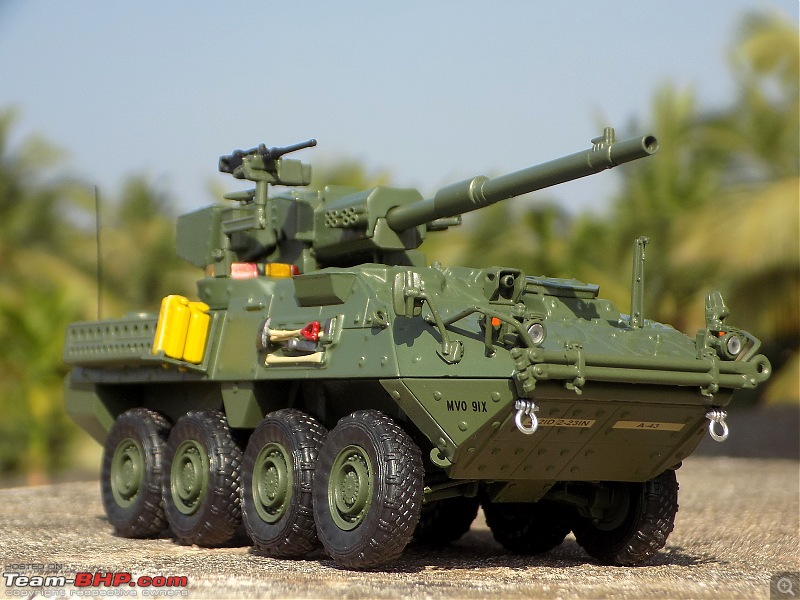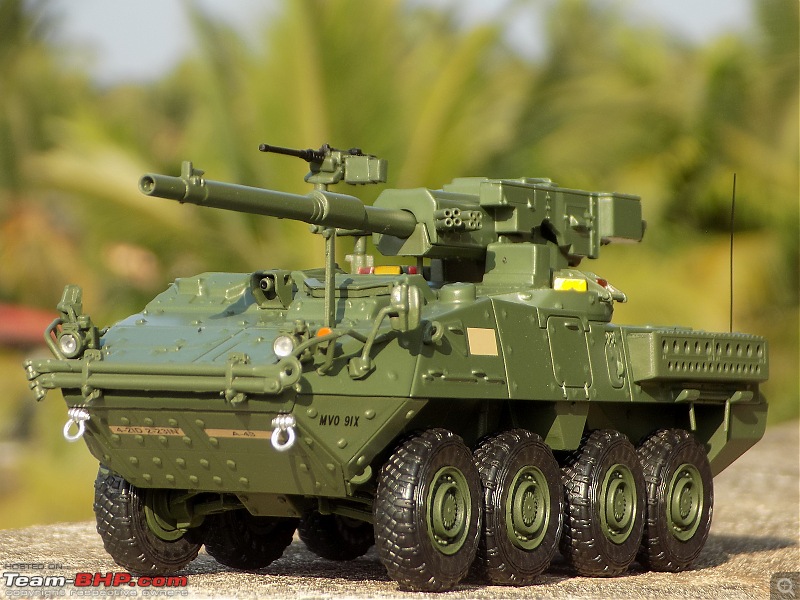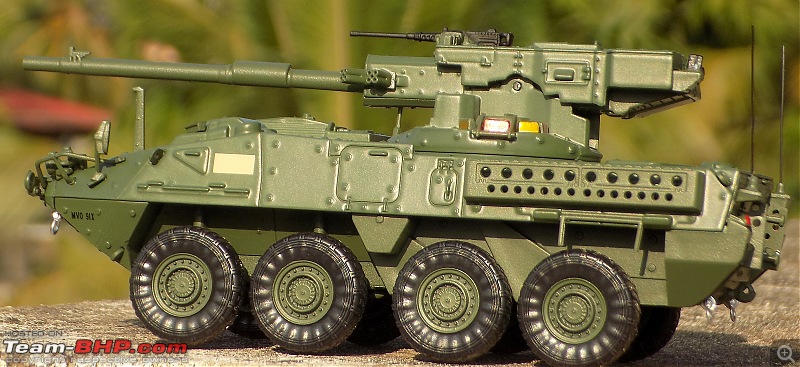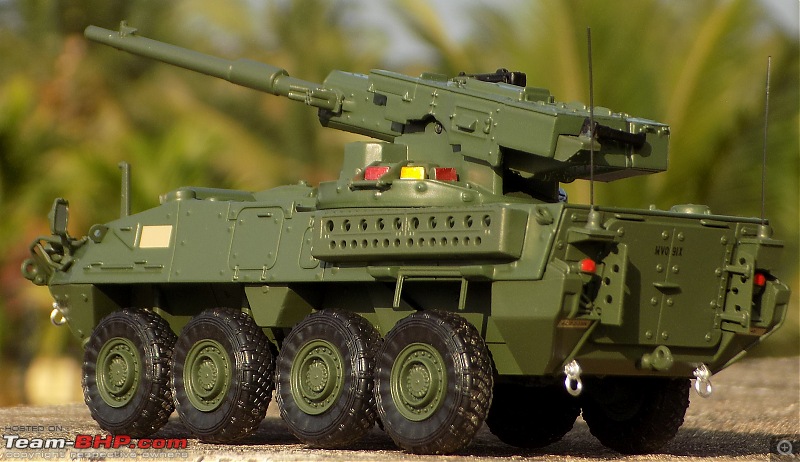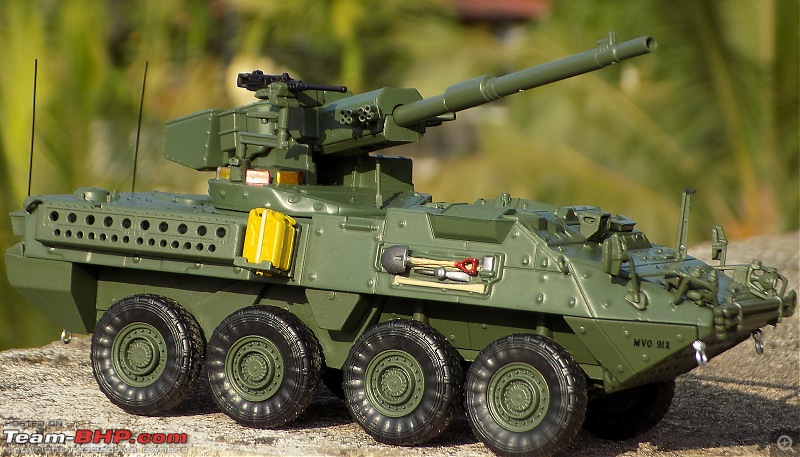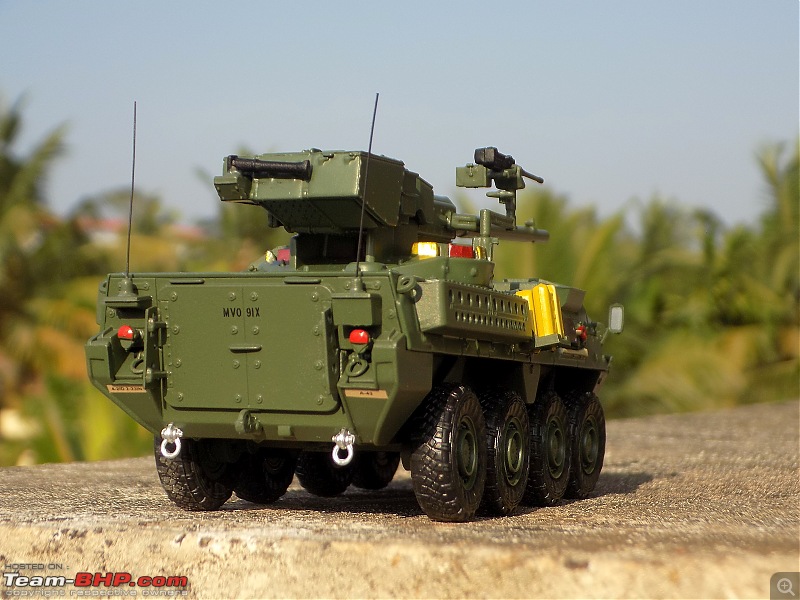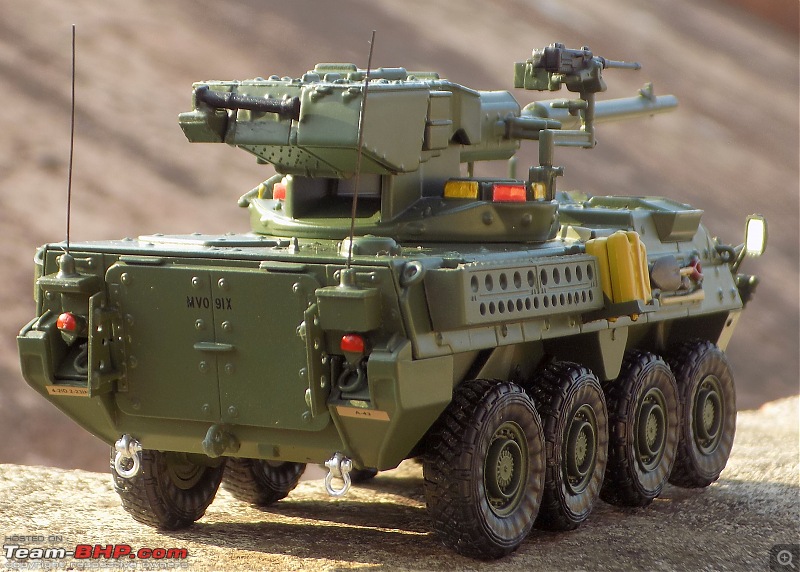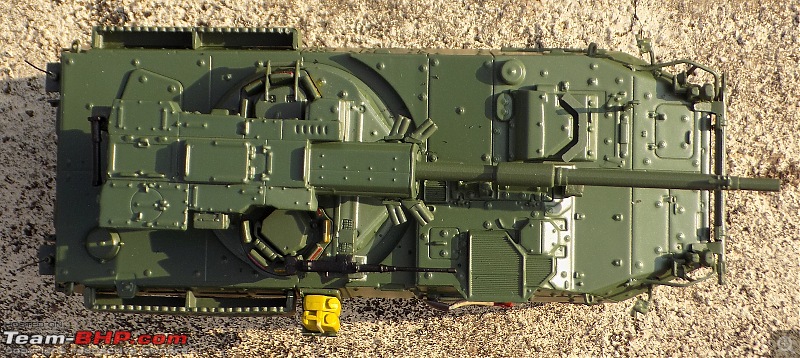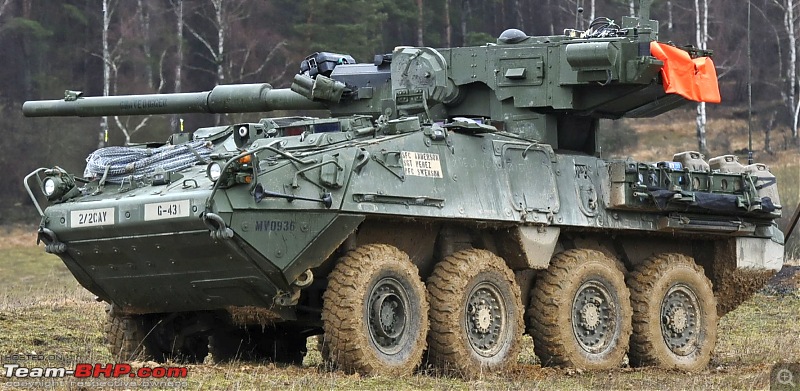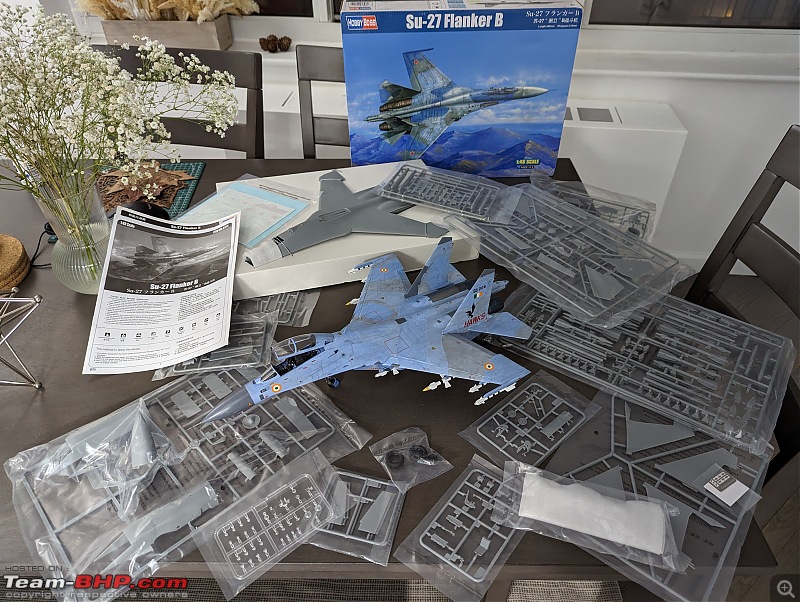1:43 BTR-60PB Soviet Naval Infantry (Modimio)
The BTR-60 was the first vehicle in a series of Soviet eight-wheeled Armoured Personnel Carriers (APCs). It was developed in the late 1950s as a replacement for the BTR-152 and was seen in public for the first time in 1961. BTR stands for
Bronetransporter (БТР, Бронетранспортер, literally "Armoured Transporter").
The BTR-60 looked like an MPV sloped hull with reservations for the massive wheels, and compartmentation between the crew (front), troops (center) and engine (rear). It was revolutionary for the time. The crew compartment originally comprised a driver (left) and commander (right), but with the appearance of the armed version (PAI-PB-PZ), a third member, the gunner, was located behind them, center, on an elevated seat. He manned the turret by a hand crank and used a PP-61A optical sight. Access was initially by the sides, but during production to improve amphibious capabilities, these were shifted to the top ( BTR-60PA). The hull was seaworthy due to the boat-shaped nose, and by rough seas, improved by the extended trim vane.
On the BTR-60B, the gunner had his own right-hand side door, while the commander and driver were given pistol ports. On early models, only the driver had the periscope (the commander had a removable OU-3 infrared searchlight), but later each had three periscopes. R-113 and more rarely R-123 radio kits were carried. Night vision was gradually improved by the adoption of the TKN-1 connected with the OU-3 illuminator for the driver and TWN-2 sight for the driver. In addition, there were the four headlights, including two infrared and two white.
The troop compartment could accommodate 16 fully-equipped soldiers on the first version (covered by a tarpaulin), replaced later by a fully enclosed one, but reduced in capacity. There were six pistol ports, large enough to fire the standard Kalashnikov, three per side, on the upper slope. Their positions were shifted on the BTR-60PB. Due to the engine location, the crew had to disembark and climb into the vehicle through roof hatches. However, the BTR-60P had side doors, later eliminated (used as emergency exits). A single one, the left-hand side, was reintroduced on the PB. Steps and vertical handrails were also provided. With the PA, extra ones were added between the wheels.
The BTR-60 was amphibious, propelled by a water jet protected on land by opening lids. A trim vane was erected at the front when fording(crossing a shallow water body) . Alongside the troop compartment, there were two pintle mounts to accommodate extra 7.62 mm PKT/SGMB/PKB machine guns with 3,000 rounds in store. This option was common to the P/PA/PA-1 and later eliminated on the PAI/PB when replaced by the conical turret. In alternative, to the central front light MG, a 12.7 mm DShK 1938/46 heavy machine gun (500 rounds) was installed on the PA/PA-1.
The protection was not better than on previous APCs, with a maximum of 7-9 mm on the front beak, 5-7 mm rear, 7 mm on the top, and sides. Later it was raised to 10 mm to the front and homogeneous 7 mm anywhere else, starting with the BTR-60PAI. Finding the appropriate engine was found difficult, but ultimately GAZ provided a combination of two six-cylinder gasoline GAZ-40P engines (67 kW), side by side, giving a combined power of 180 hp (134 kW). Each was related to two directional axles (right =second+fourth, left=first+third). Each axle had its own differential and hung to its own transversal torsion bar, while each engine had its own gearbox with a single-shielded hydraulically controlled clutch. There was a significant gap between the first two and last two axles. Due to the adoption of truck engines, not tested and conceived for extreme military use, breakdowns and reliability issues plagued the early life these BTRs and led to devise driver careful management instructions. In addition, the same engines had a low-ignition point and high consumption. These issues were not corrected before the BTR-80. Due to the additional weight, the power-to-weight ratio was diminished significantly from 18.4 to 17.5 hp/ton.
Specifications
Type : Wheeled amphibious armored personnel carrier
Place of origin : Soviet Union
Designer: V. A. Dedkov
Designed : 1955
Manufacturer : Gorkovsky Avtomobilny Zavod (Soviet Union)
Ratmil Regie Autonoma (Romania, TAB-71)
Produced :1960–1976 (Soviet Union)
1970-1990 (Romania)
No. built : ~25,000 (Soviet Union)
1,878 (Romania, TAB-71)
Mass : 10.3 t (11.4 short tons)
Length : 7.56 m
Width : 2.83 m (9 ft 3+1⁄2 in)
Height : 2.31 m (7 ft 7 in)
Crew : 3 + 14 passengers (original roofless BTR-60P had 2+14 capacity, reduced to 2+12 in BTR-60PA and 2+8 in BTR-60PB)
Armor :Welded steel
7 mm at 86° hull upper front
9 mm at 47° hull lower front
7 mm hull sides
5 mm hull upper rear
7 mm hull lower rear
5 mm hull floor
7 mm hull roof
10 mm turret front
7 mm turret sides
7 mm turret sear
7 mm turret roof
Main Armament : 14.5 mm KPVT heavy machine gun (500 rounds)
Secondary Armament : 7.62 mm PKT tank coaxial machine gun (3,000 rounds)
Engine : 2×GAZ-40P 6-cylinder gasoline 67 kW (90 hp) each, 134 kW (180 hp) (combined)
Power/weight Ratio : 13.7 kW/t (18.4 hp/t)
Suspension : wheeled 8×8
Ground clearance : 475 mm (18+11⁄16 in)
Fuel capacity : 290 L (77 US gal)
Operational Range : 500 km (300 mi)
Maximum speed : 80 km/h (50 mph) on road, 10 km/h (6 mph) in water
The Indian Connection
The Indian Army ordered 56 BTR-60PBs in 1976 from the Soviet Union and they were delivered in 1977. 50 BTR-60PU-12s were ordered along with 200 9K31 SAM systems in 1979 from the Soviet Union and delivered between 1979 and 1984. At peak, there were 817 BTR-60s in service. 50 BTR-60PBs were in service in 1990, none in service in 1995. BTR-60PU-12s are probably still in service. The PB was the standard APC variant) & PU was the Air Defence Command & Tracking variant with turret removed. The BTR-60PUs were attached to short range Surface to Air Missile systems & Anti-Aircraft Gun systems.
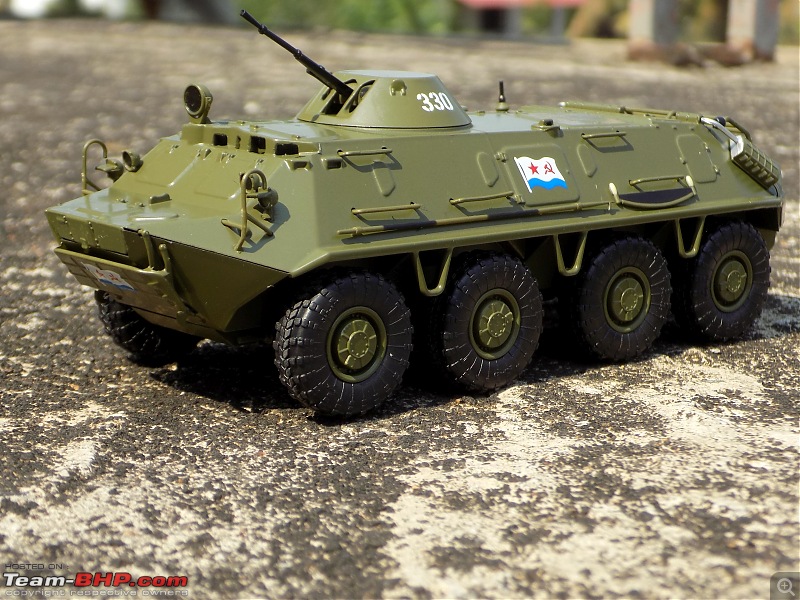
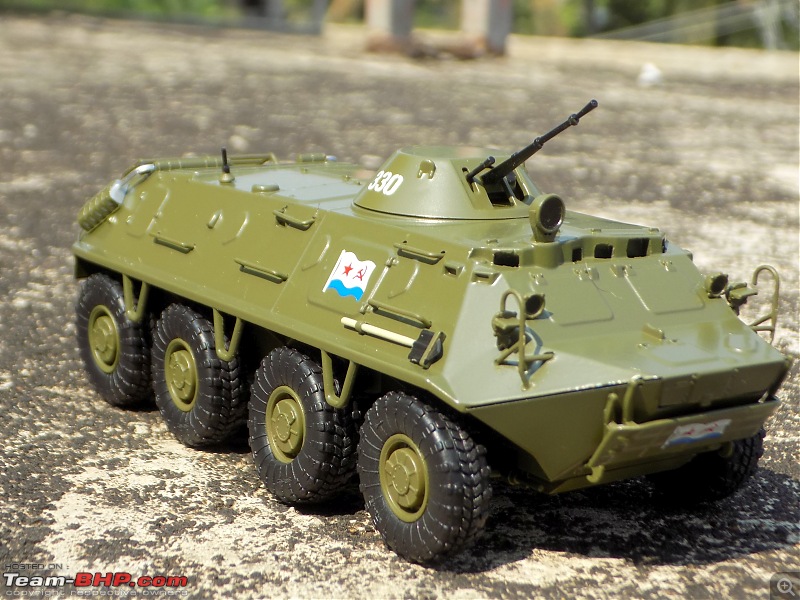

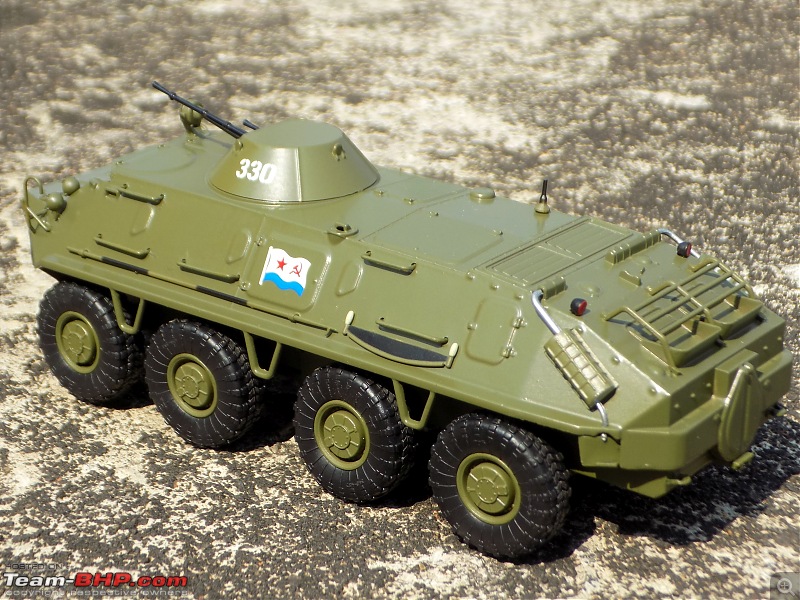

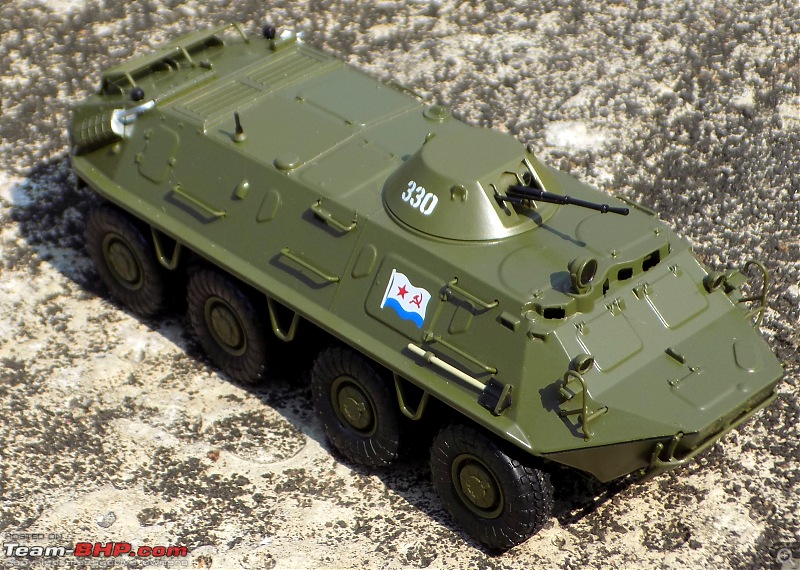

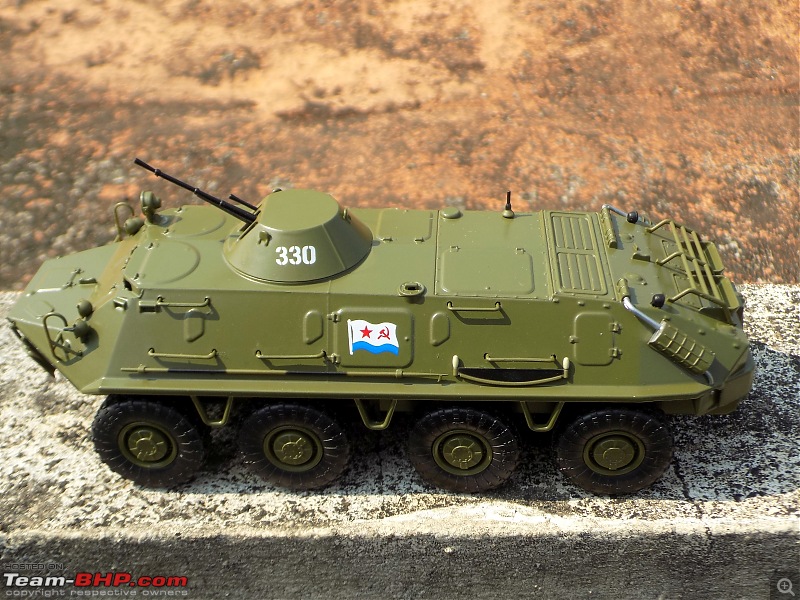
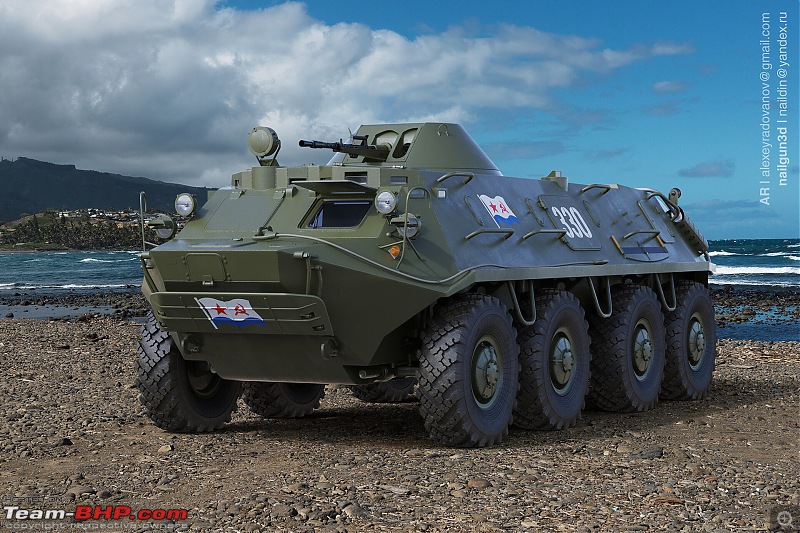
BTR-60PU
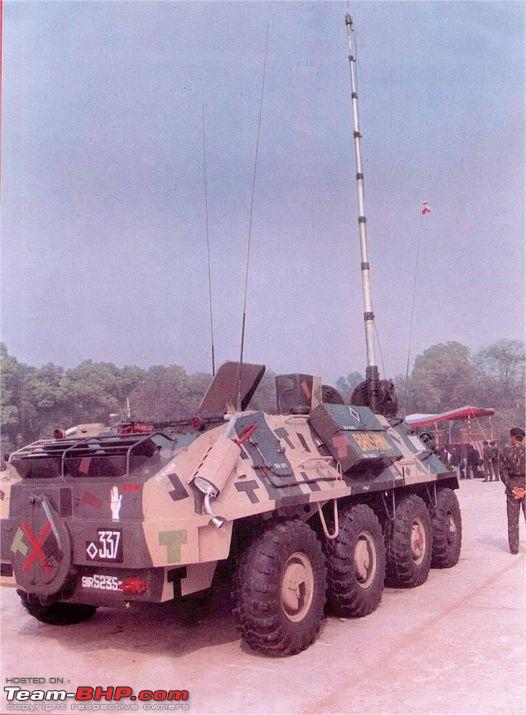
BTR-60PB
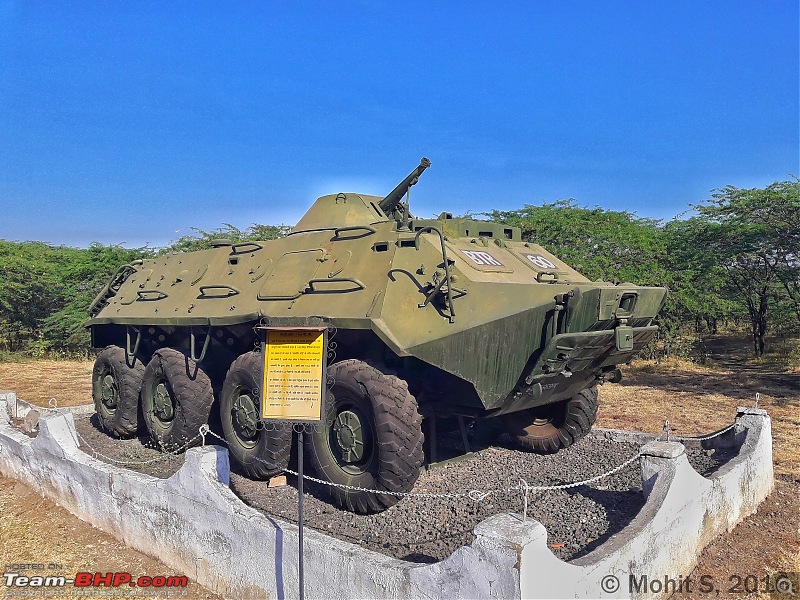

 (2)
Thanks
(2)
Thanks
 (4)
Thanks
(4)
Thanks

 (6)
Thanks
(6)
Thanks
 (3)
Thanks
(3)
Thanks
 (3)
Thanks
(3)
Thanks
 (3)
Thanks
(3)
Thanks
 (10)
Thanks
(10)
Thanks
 (2)
Thanks
(2)
Thanks

 (2)
Thanks
(2)
Thanks
 (5)
Thanks
(5)
Thanks
 (1)
Thanks
(1)
Thanks

 (2)
Thanks
(2)
Thanks
 (5)
Thanks
(5)
Thanks
 (6)
Thanks
(6)
Thanks





 An Indian Airlines F.27
An Indian Airlines F.27 Congratulations
Congratulations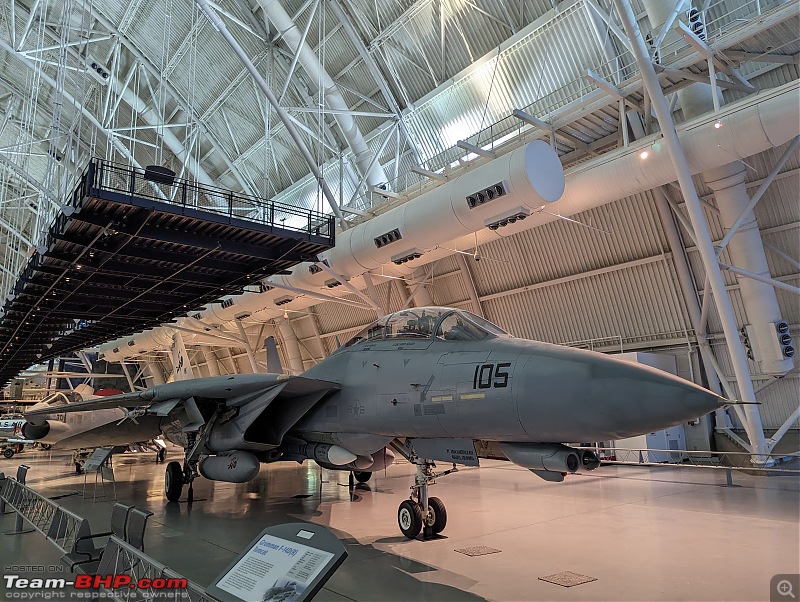



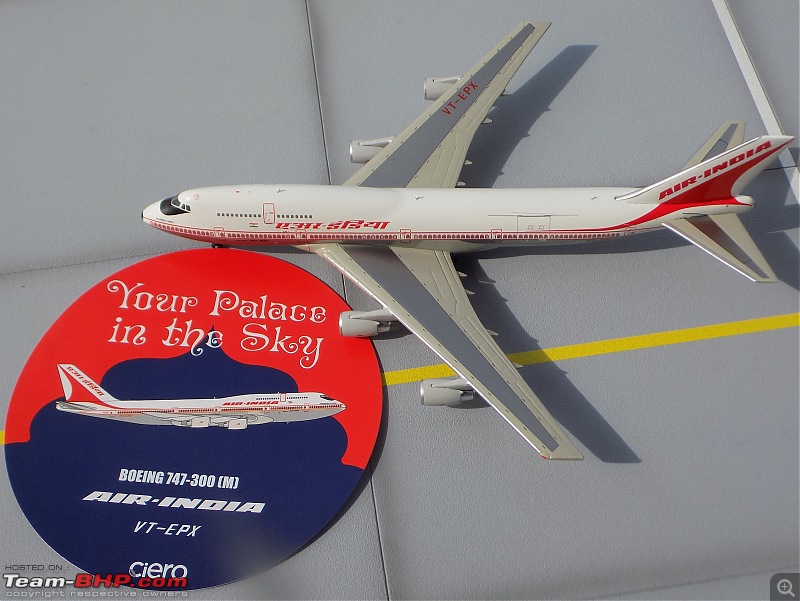
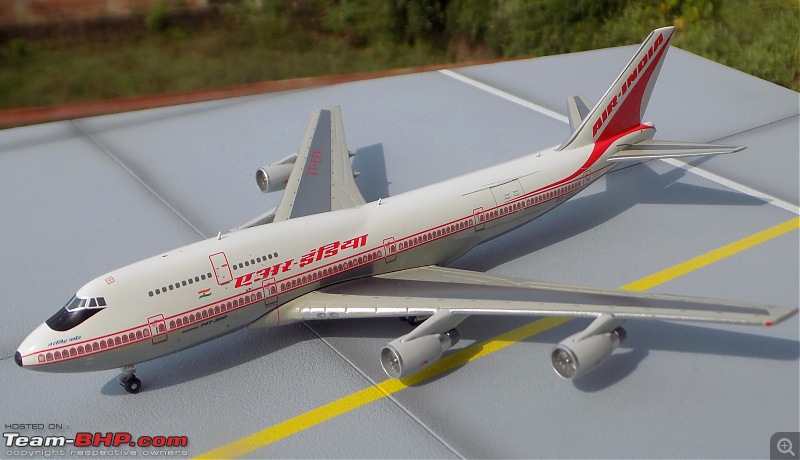

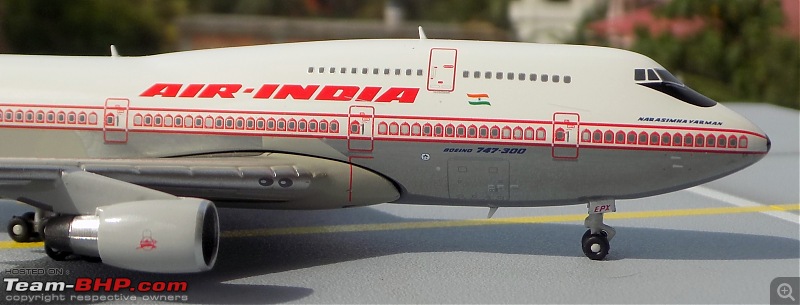
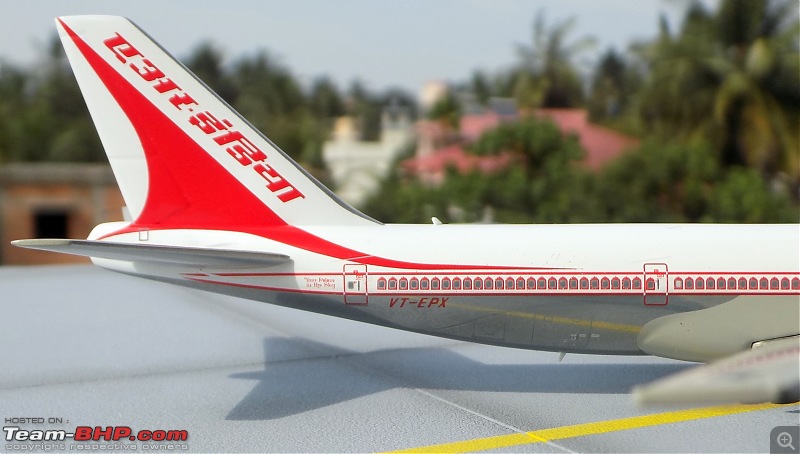

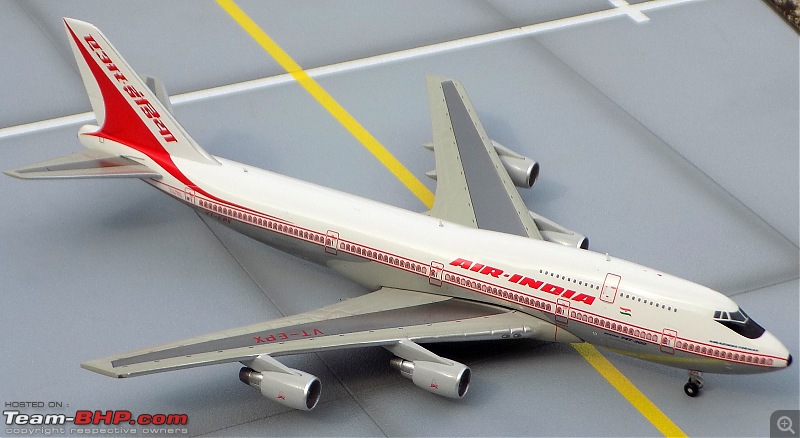
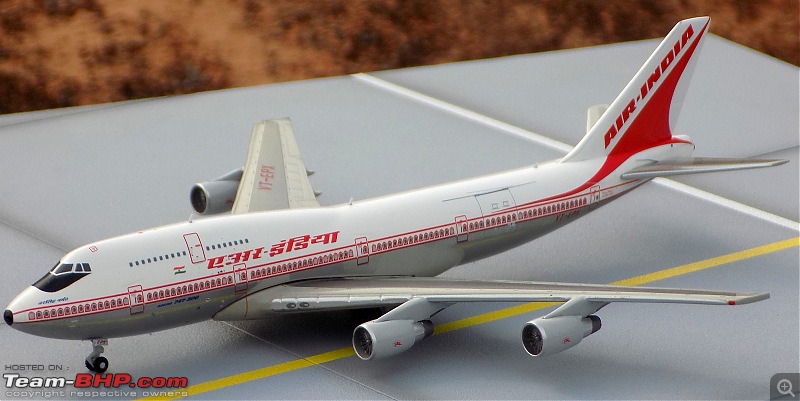
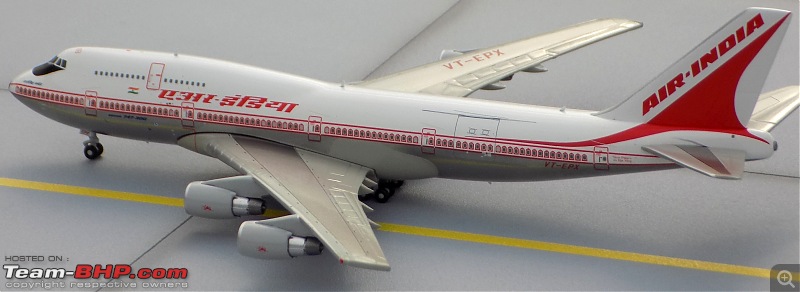
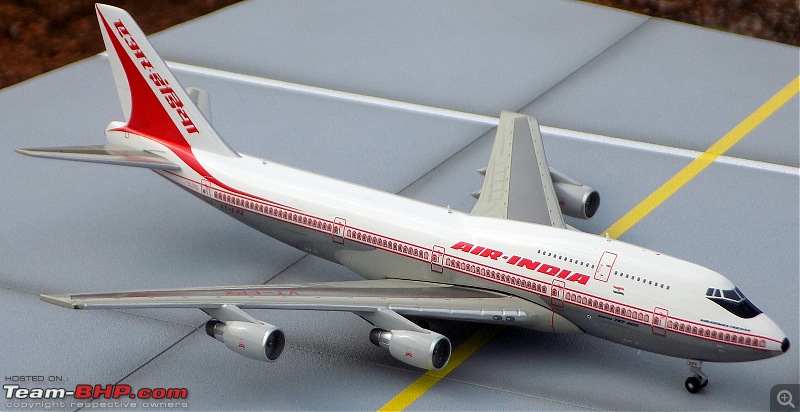
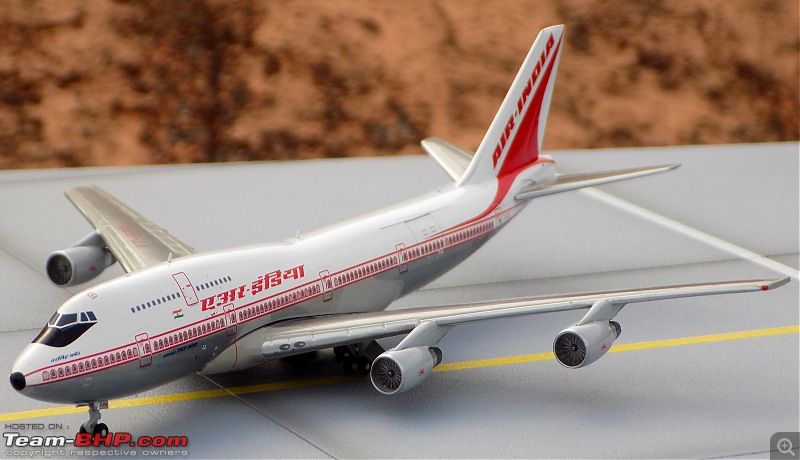
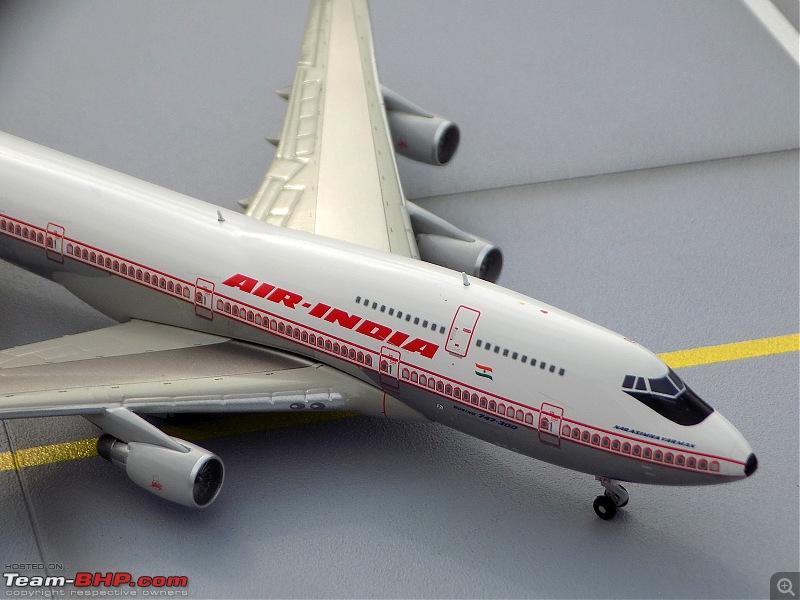
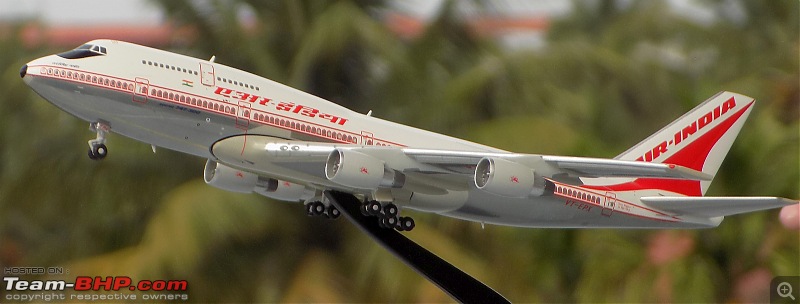


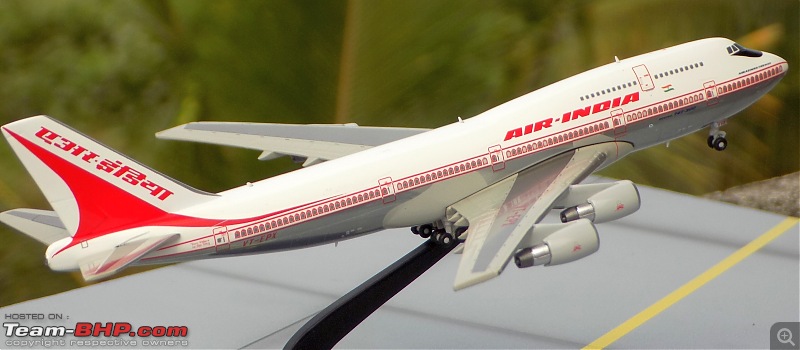


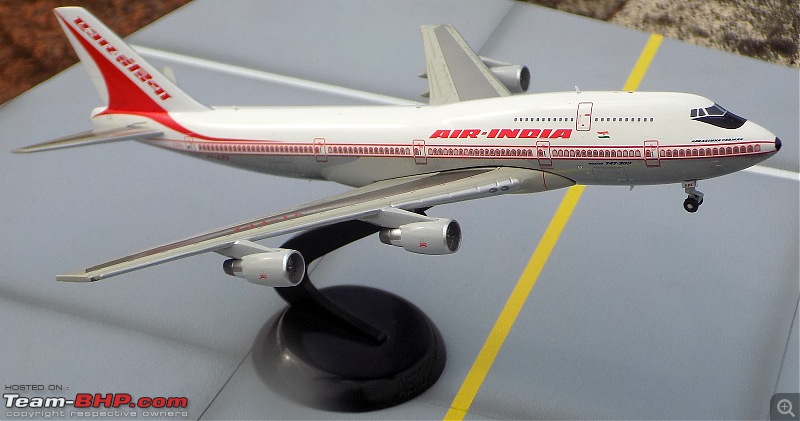
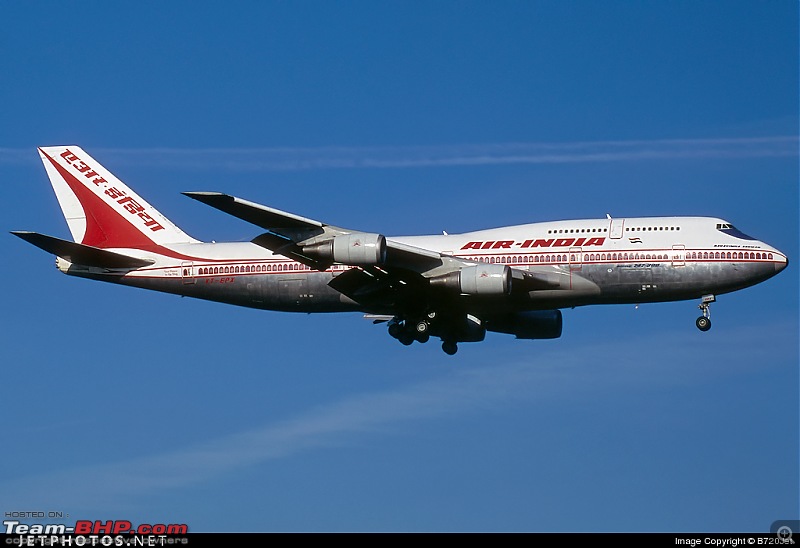
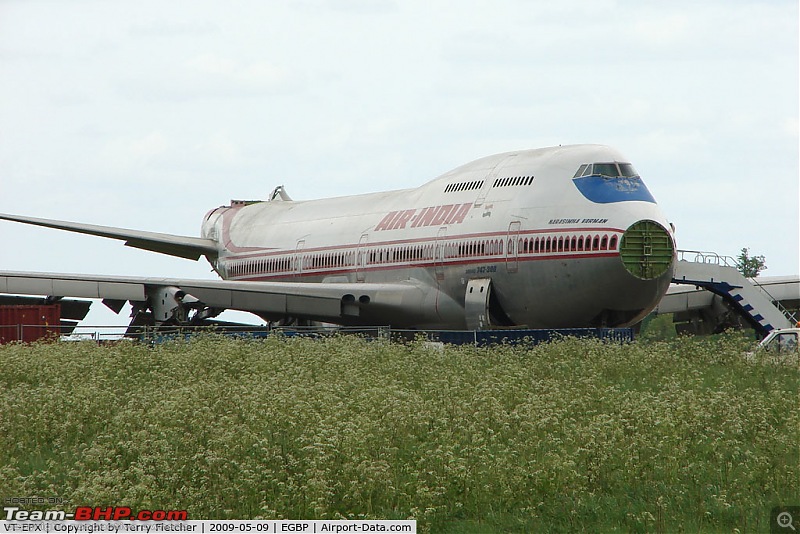











 .
.

